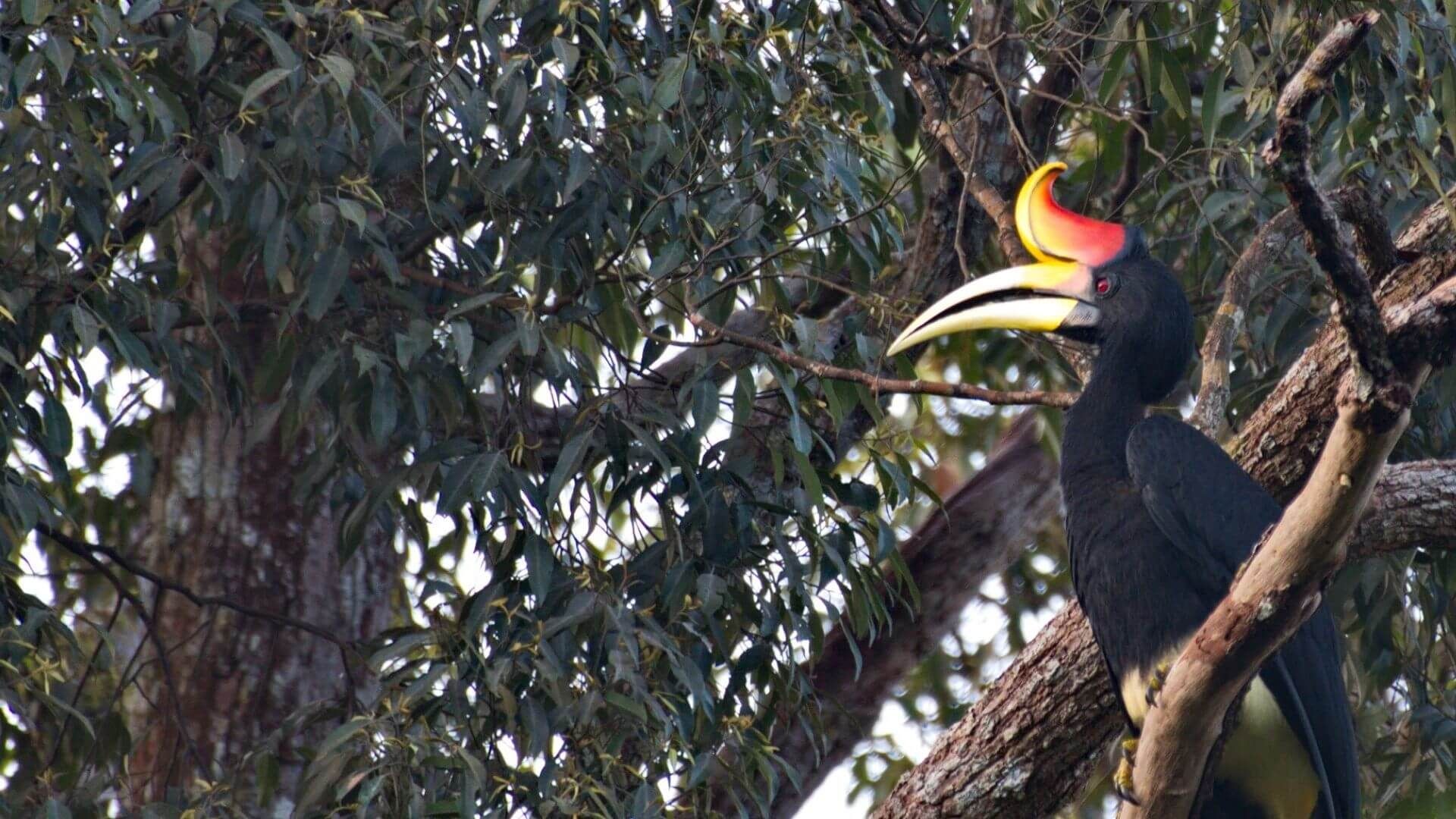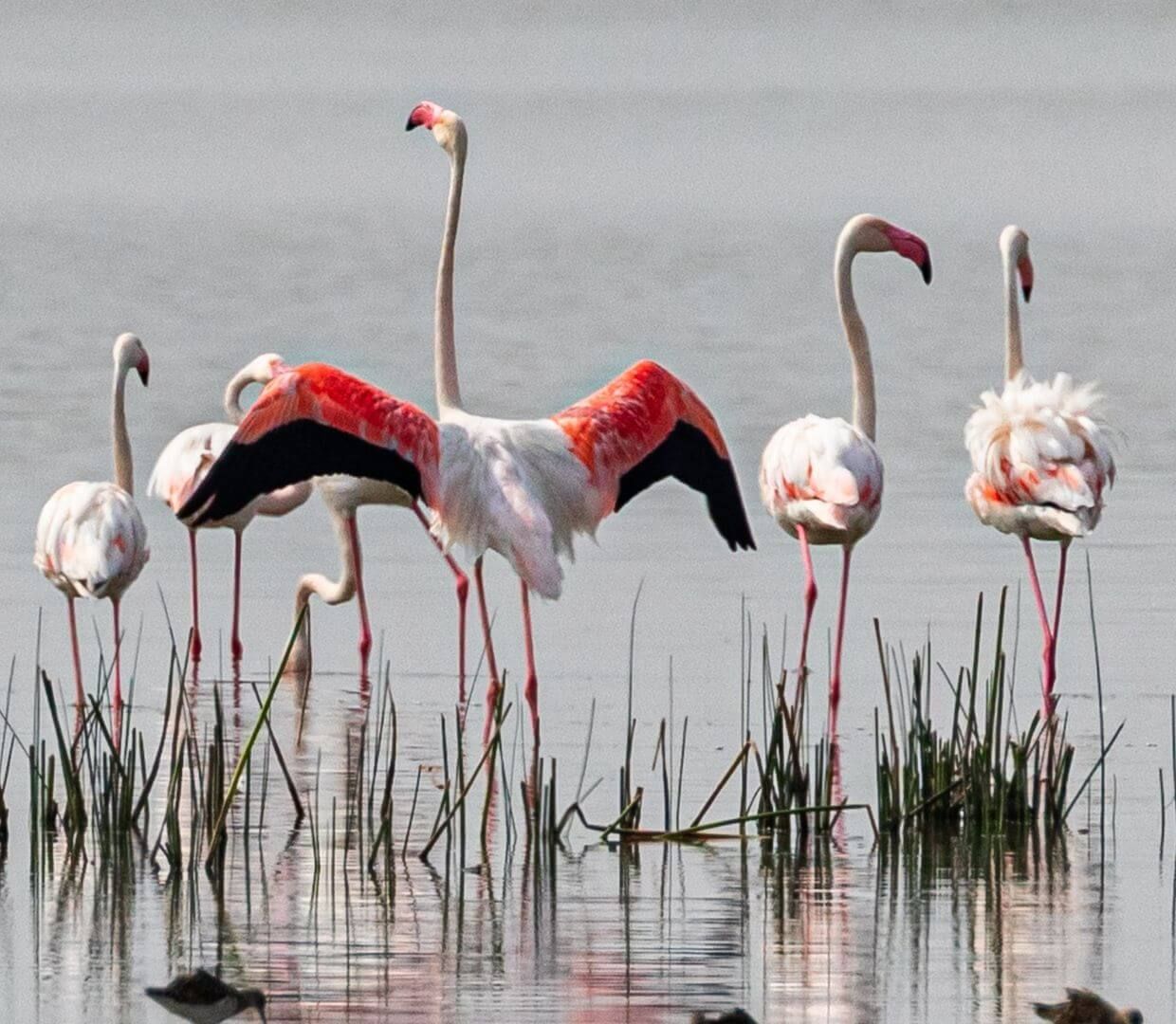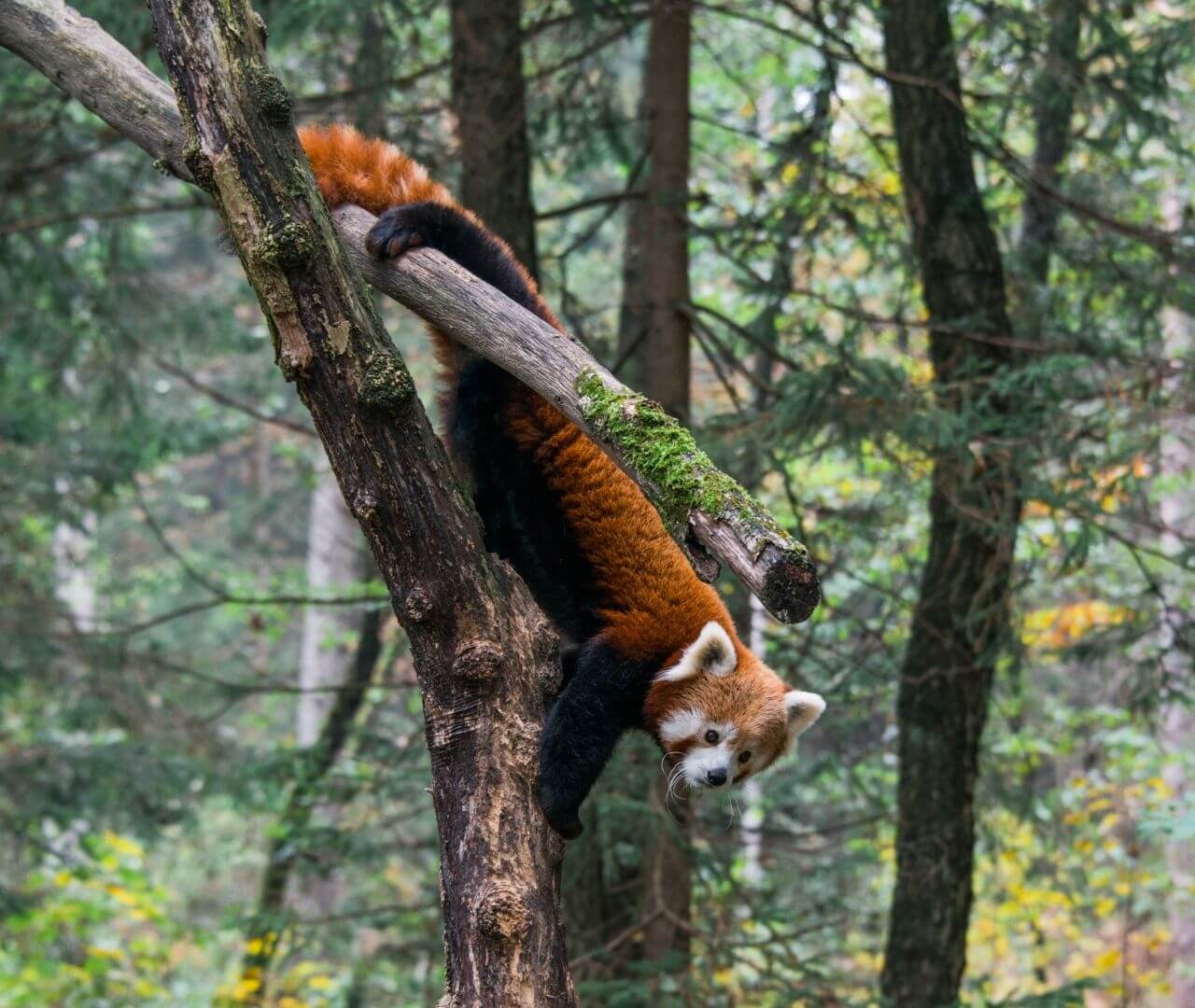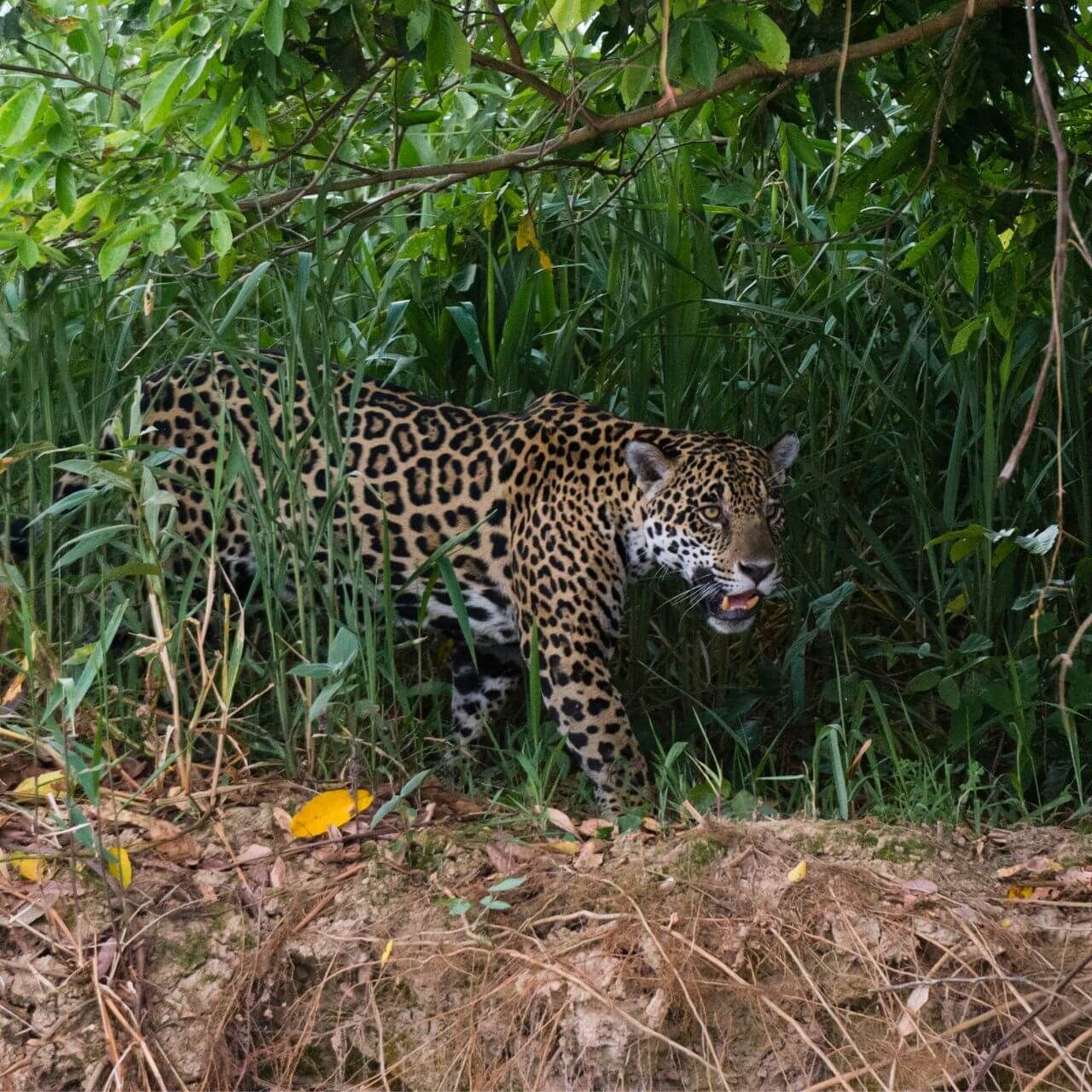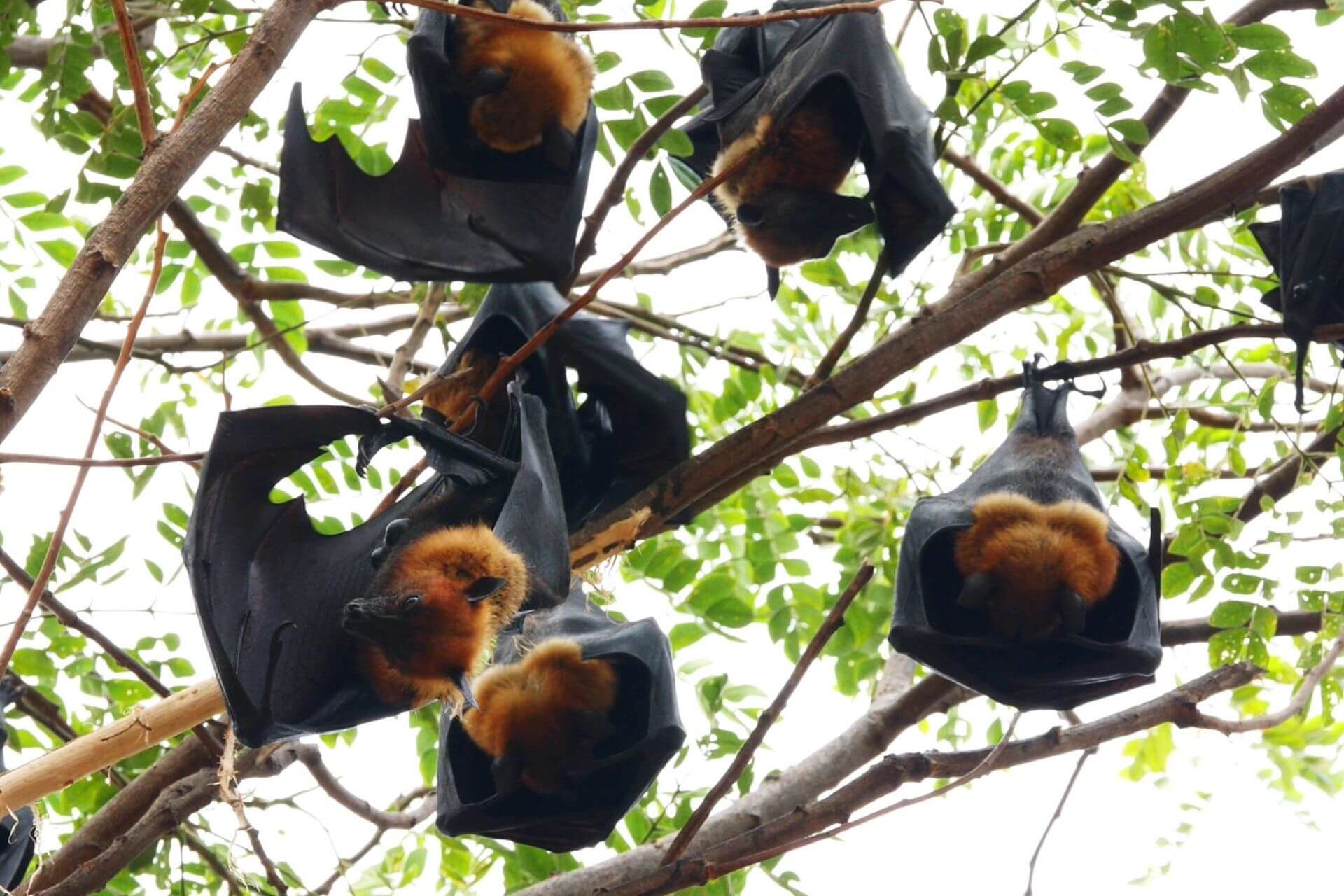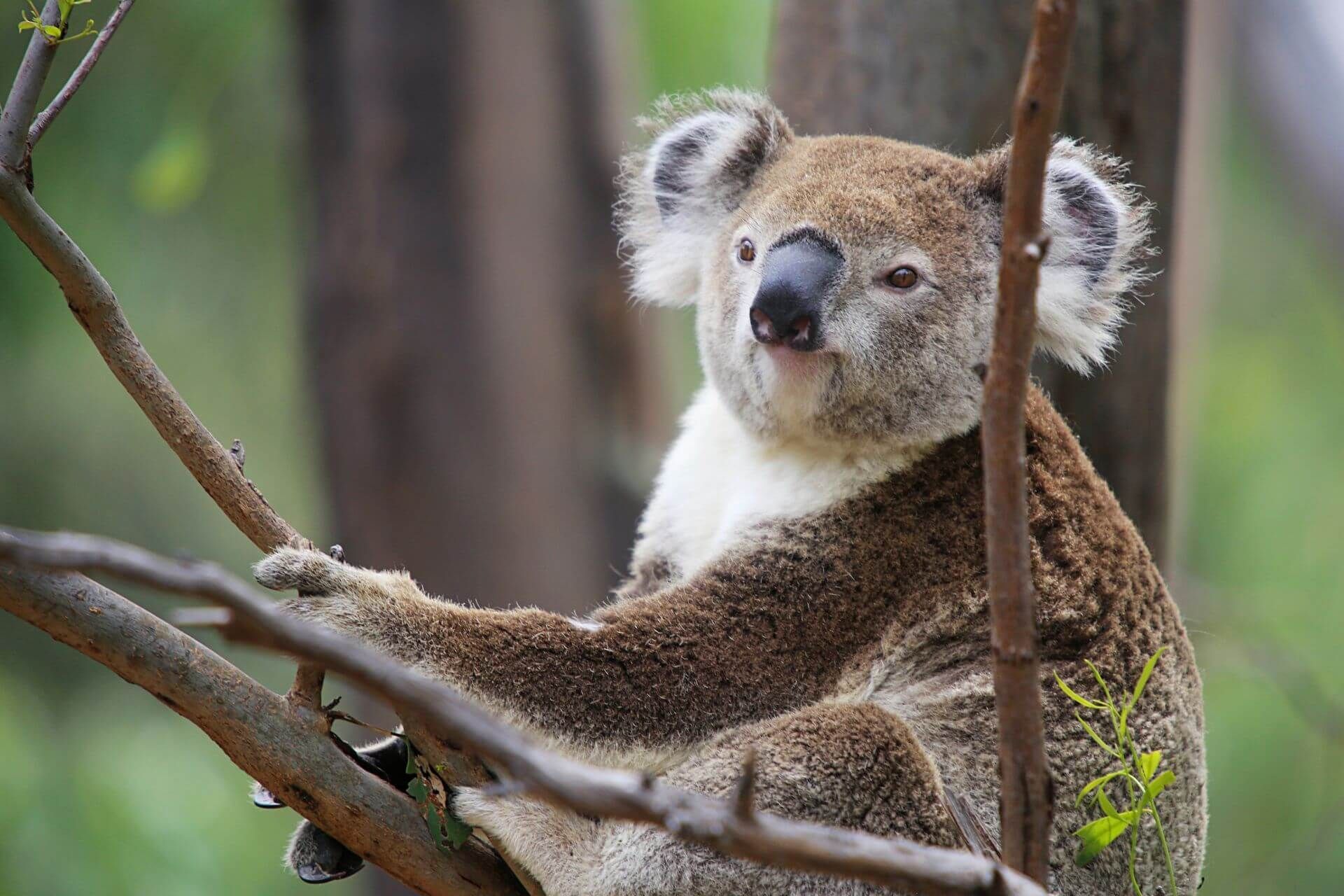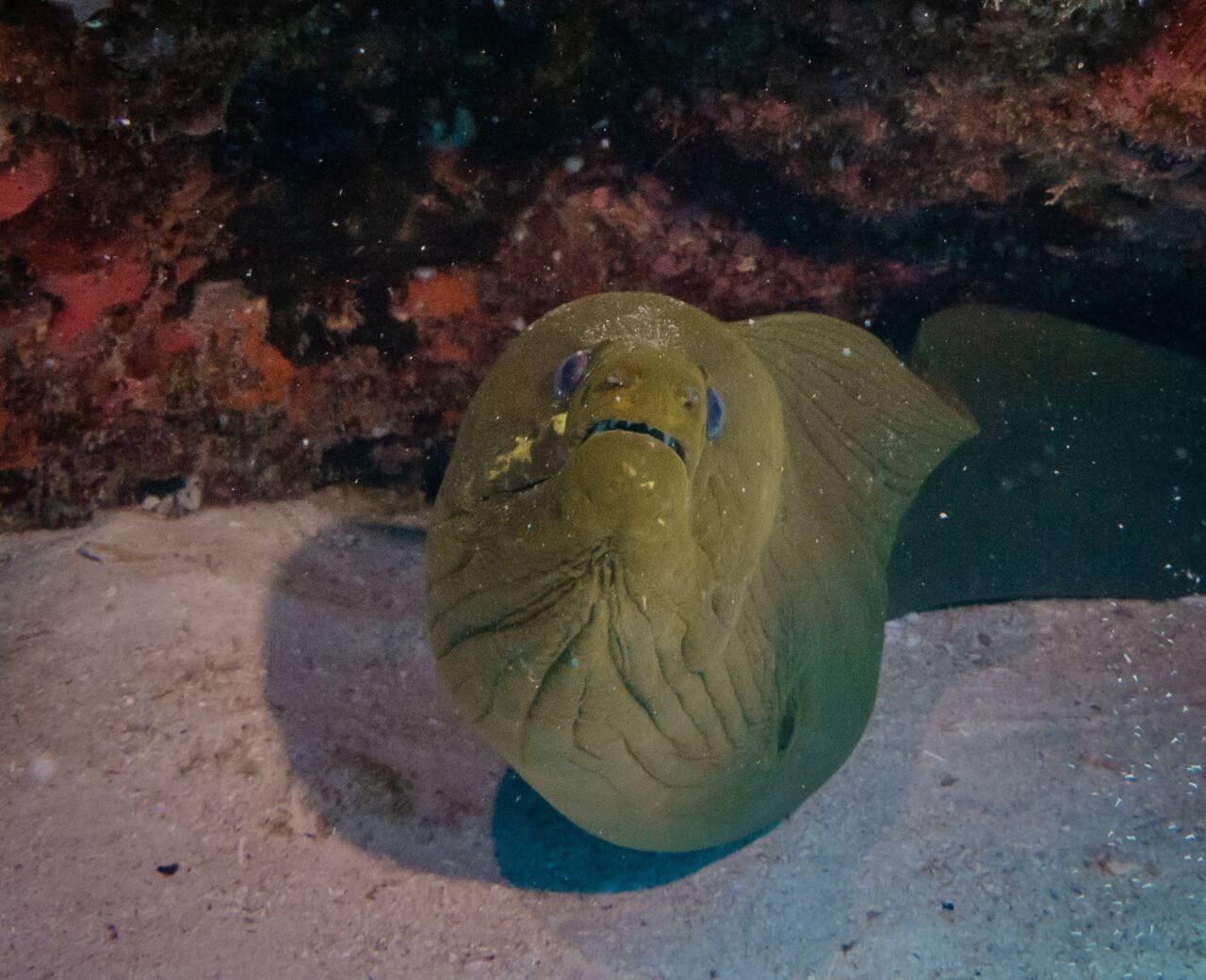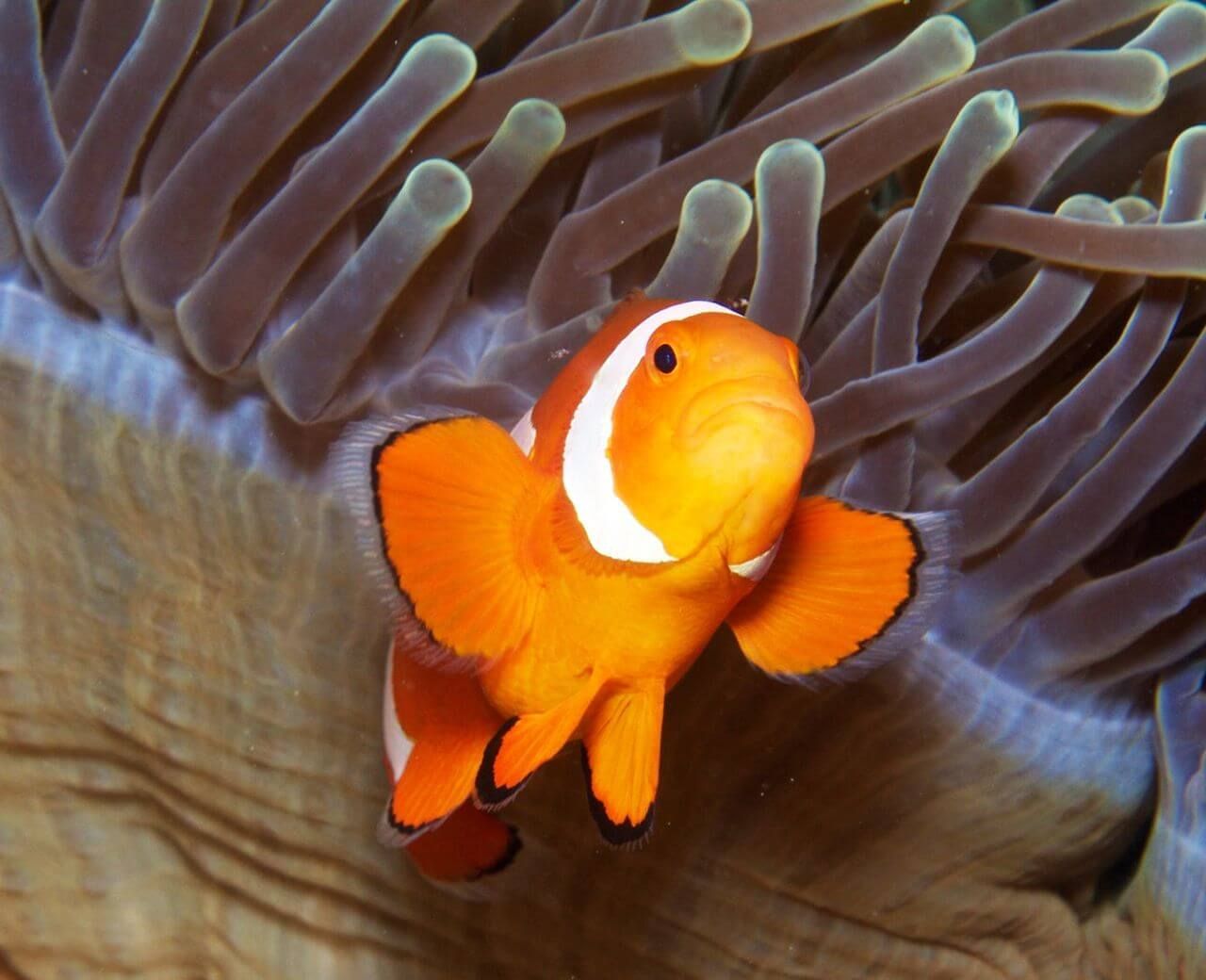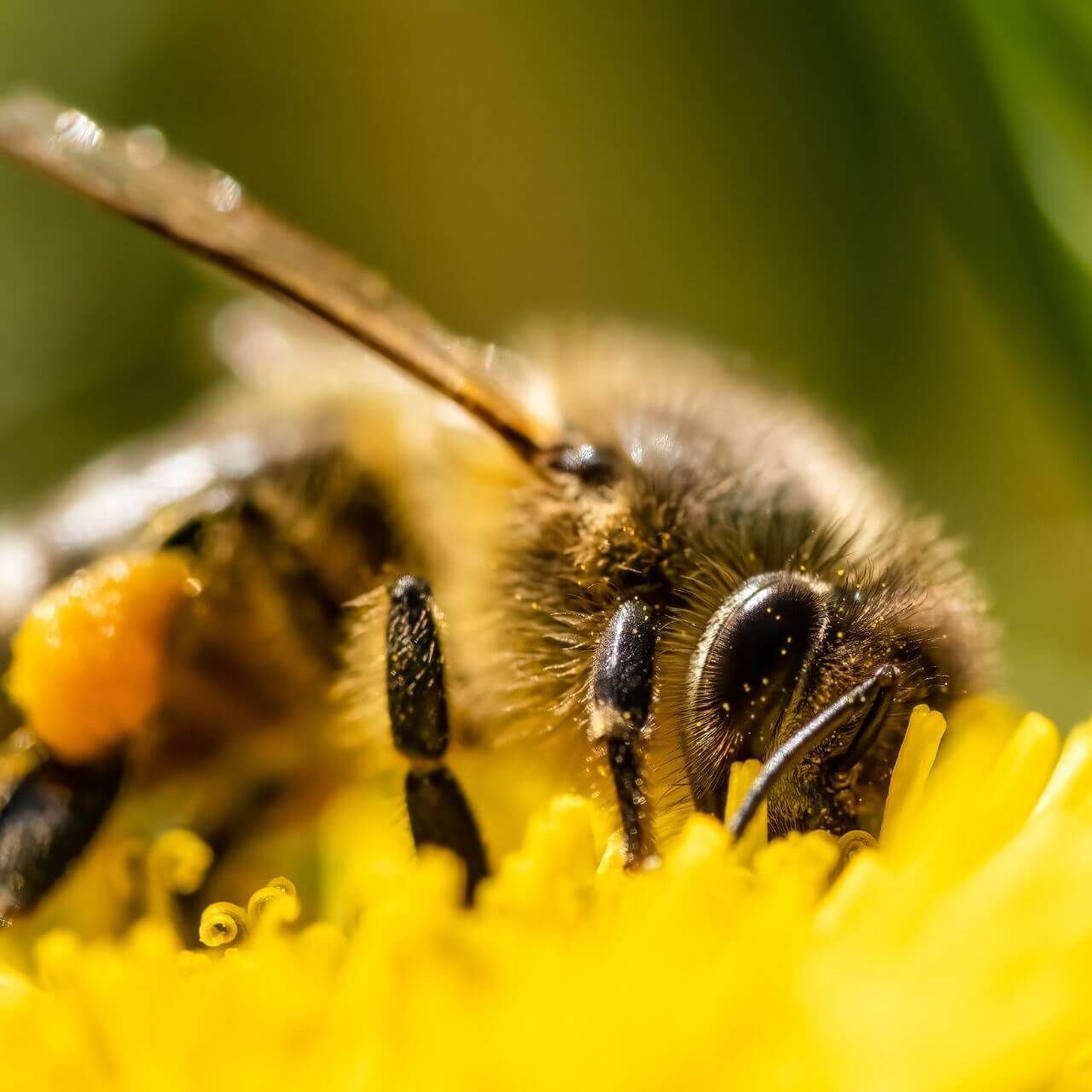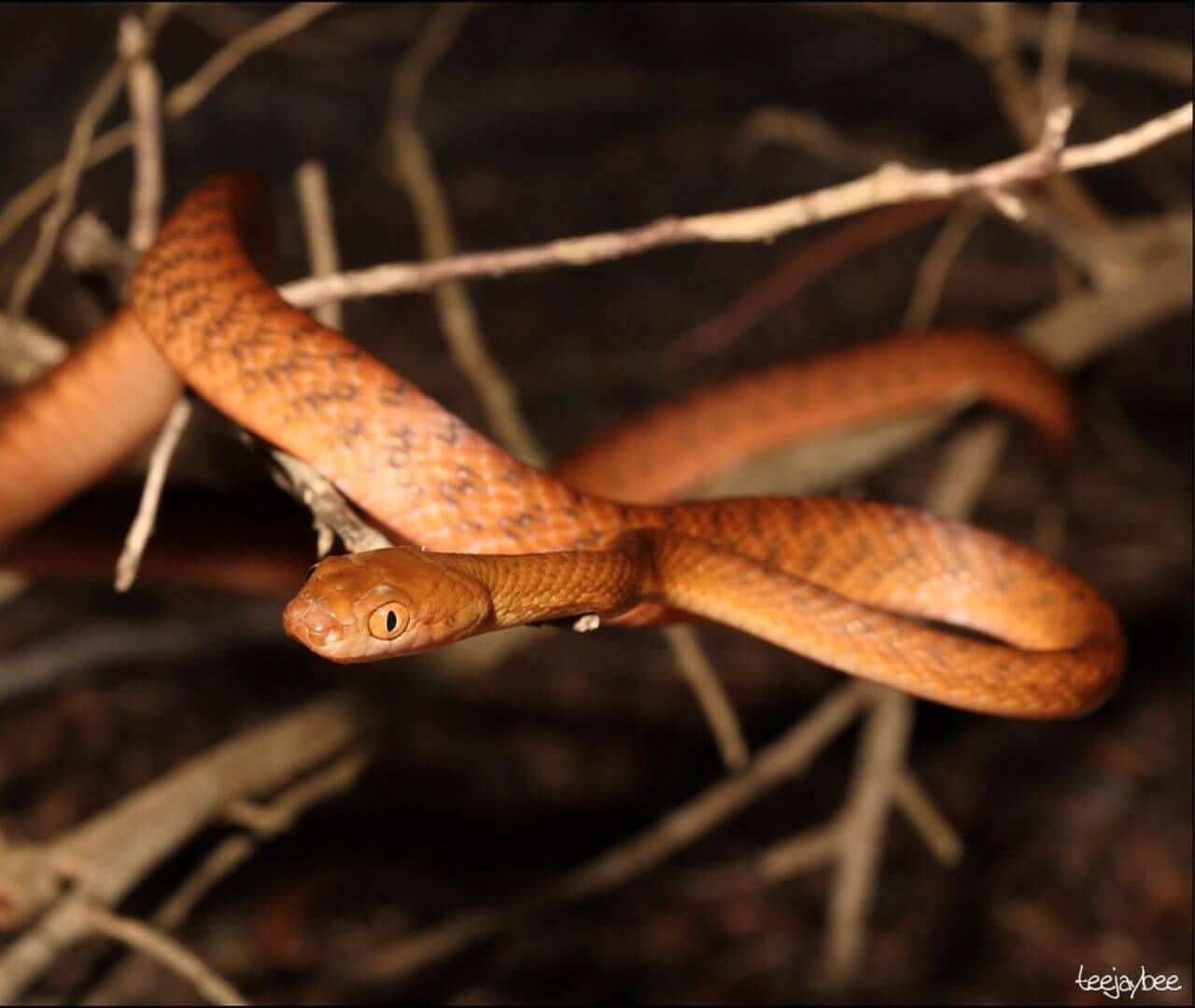Marvelous Mammals | Mammal Classification
Fur
Just like the hair on your head and the fur on your dog, almost all mammals are covered in some kind of hair. While it may be sparse on some species, its primary function is to keep us warm. For some species, it does have a few added bonuses. Mammals like tigers and zebras use their fur patterns for camouflage, helping them blend into their surroundings or their herds, making it harder for a predator to pick out one individual. Some have sensory hairs, like whiskers, to better navigate their surroundings. Others have fur that helps waterproof or protects from thorns and spines, like the javalina. Occasionally, hair can also be used to attract a mate. The Visayan warty pig grows a large mohawk during the breeding season, which the ladies really seem to fancy.

